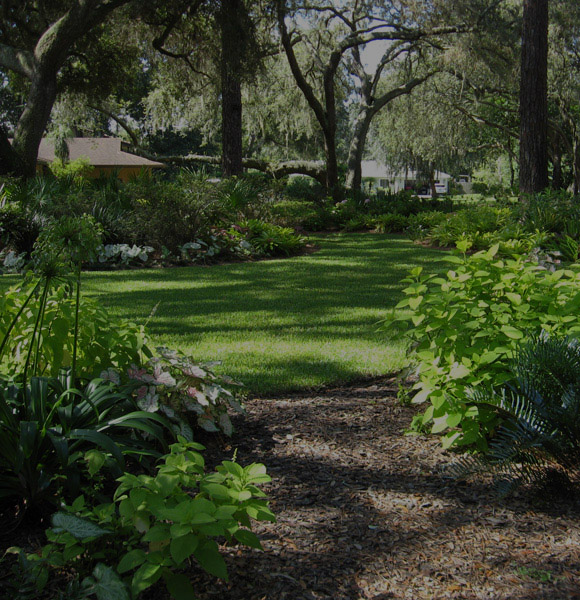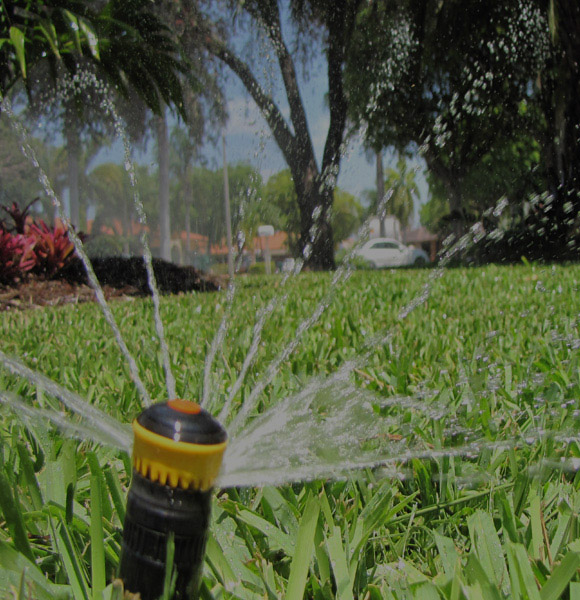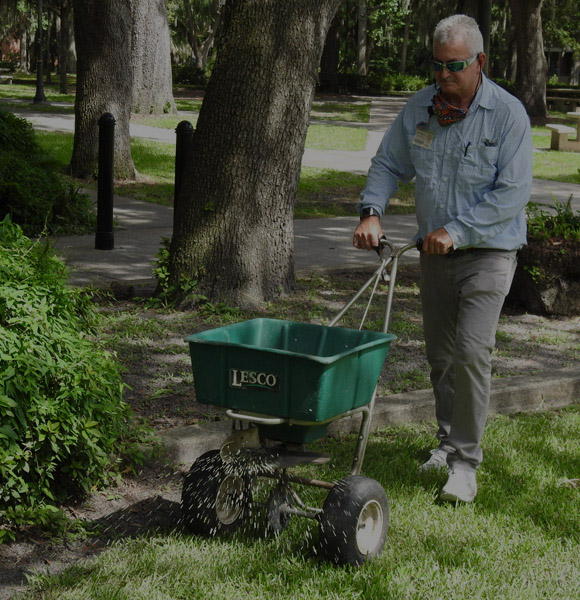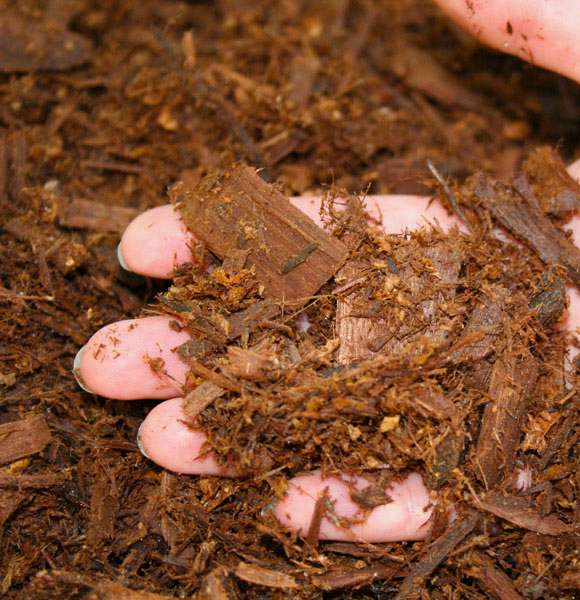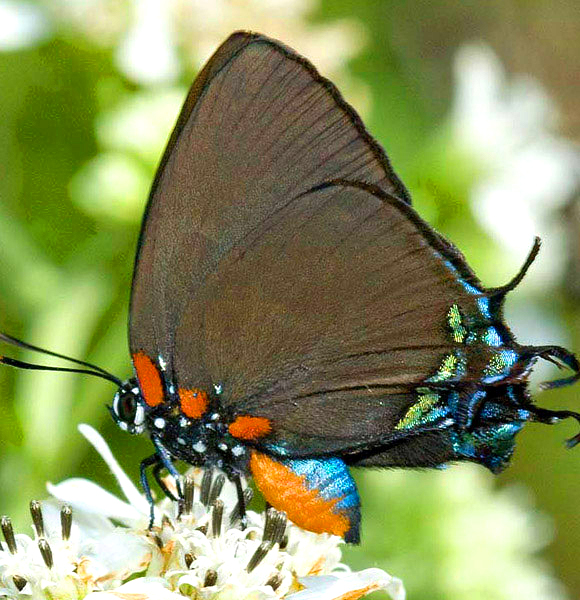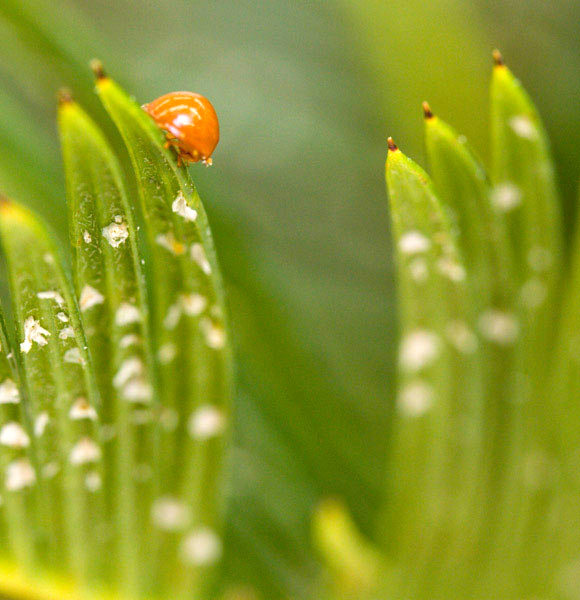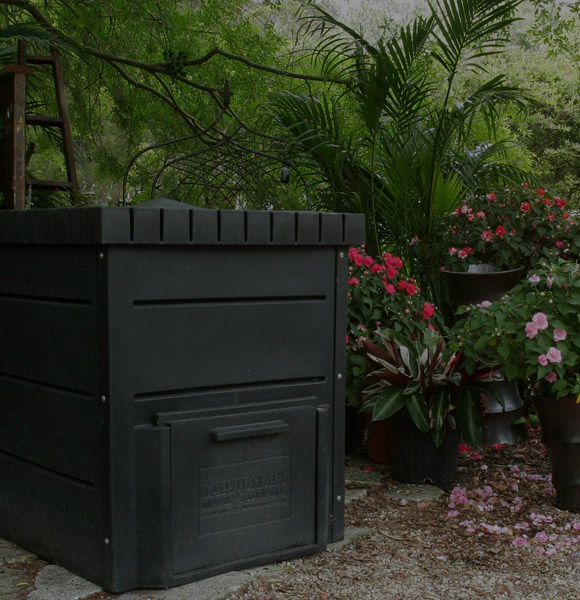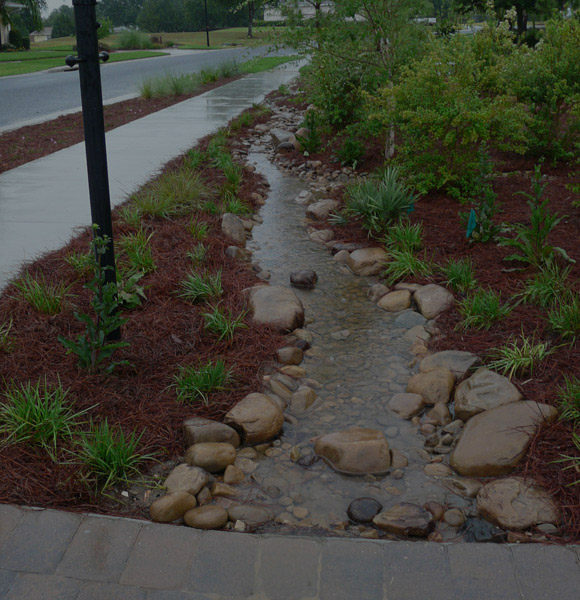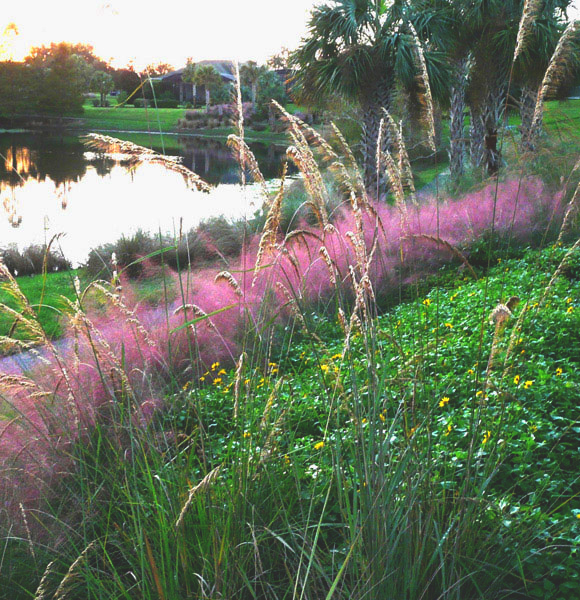Florida boasts over 10,000 miles of rivers and streams, about 7,800 lakes, more than 1,000 freshwater springs, and the U.S.’s second-longest coastline. One of the most important steps you can take to protect any water body is maintaining a minimum 10-foot “low-maintenance zone” waterside. Do not mow, fertilize, or use pesticides in this zone. Protect native aquatic plants such as giant bullrush and maidencane and remove invasive exotic species like water hyacinth and purple loosestrife. A stormwater pond or canal can become an aesthetically pleasing and lively place, edged with plants and home to wildlife. Be sure to follow local codes on buffer requirements for natural waterways.
Benefits:
- The low-maintenance zone means less mowing
- You may see increased wildlife activity with the addition of shoreline plants
- Flood-tolerant plants along the water’s edge are known to help reduce contaminants in water
- The diversity of flowering and other plants enhances the beauty of the waterfront
Florida boasts over 10,000 miles of rivers and streams, about 7,800 lakes, more than 700 freshwater springs, over 76,000 stormwater ponds, and the U.S.’s second-longest coastline. How you design and maintain community landscapes has a significant impact on Florida’s water quality and quantity.
An important step to protect any water body is to design and maintain a minimum of a 10-foot “low-maintenance zone” around the perimeter. Add Florida-Friendly low maintenance plants to this area and native aquatic plants to the shoreline to provide even more benefits. Be sure to remove any invasive exotic plants. Where possible create swales or berms to prevent storm water from entering the water body.
Wetlands and stormwater ponds can become an amenity within a community. Provide boardwalks and trails around wetlands and stormwater ponds so residents can exercise, socialize, and view wildlife. These aesthetic features can even increase property values when they are desirable and enhance community character. Be sure to follow local codes on buffer requirements for natural waterways.
Benefits:
- Flood-tolerant plants along the water’s edge are known to help reduce contaminants in water.
- The diversity of flowering and other plants enhances the beauty of the waterfront.
- The low-maintenance zone means less mowing.
- Addition of shoreline plants may increase wildlife activity.
Florida is covered with water. The state has over 10,000 miles of rivers and streams, about 7800 lakes and more than 700 freshwater springs, and the second longest coastline in the U.S. If a landscape is adjacent to a body of water, maintain a minimum of a 10 foot wide low-maintenance zone to protect the water body from fertilizer and pesticide runoff. Add Florida-Friendly low maintenance plants to this area and native aquatic plants to the shoreline to provide even more benefits. Be sure to remove any invasive exotic plants and follow local codes on buffer requirements for natural waterways.
Benefits:
- The quality of the water should improve over time
- Flood-tolerant plants along the water’s edge are known to help reduce contaminants in water
- The clients will appreciate the beauty of their waterfront with the diversity of flowering and other plants in the foreground
- The low-maintenance zone means less mowing
- Clients will see increased wildlife activity with the addition of the shoreline plants

